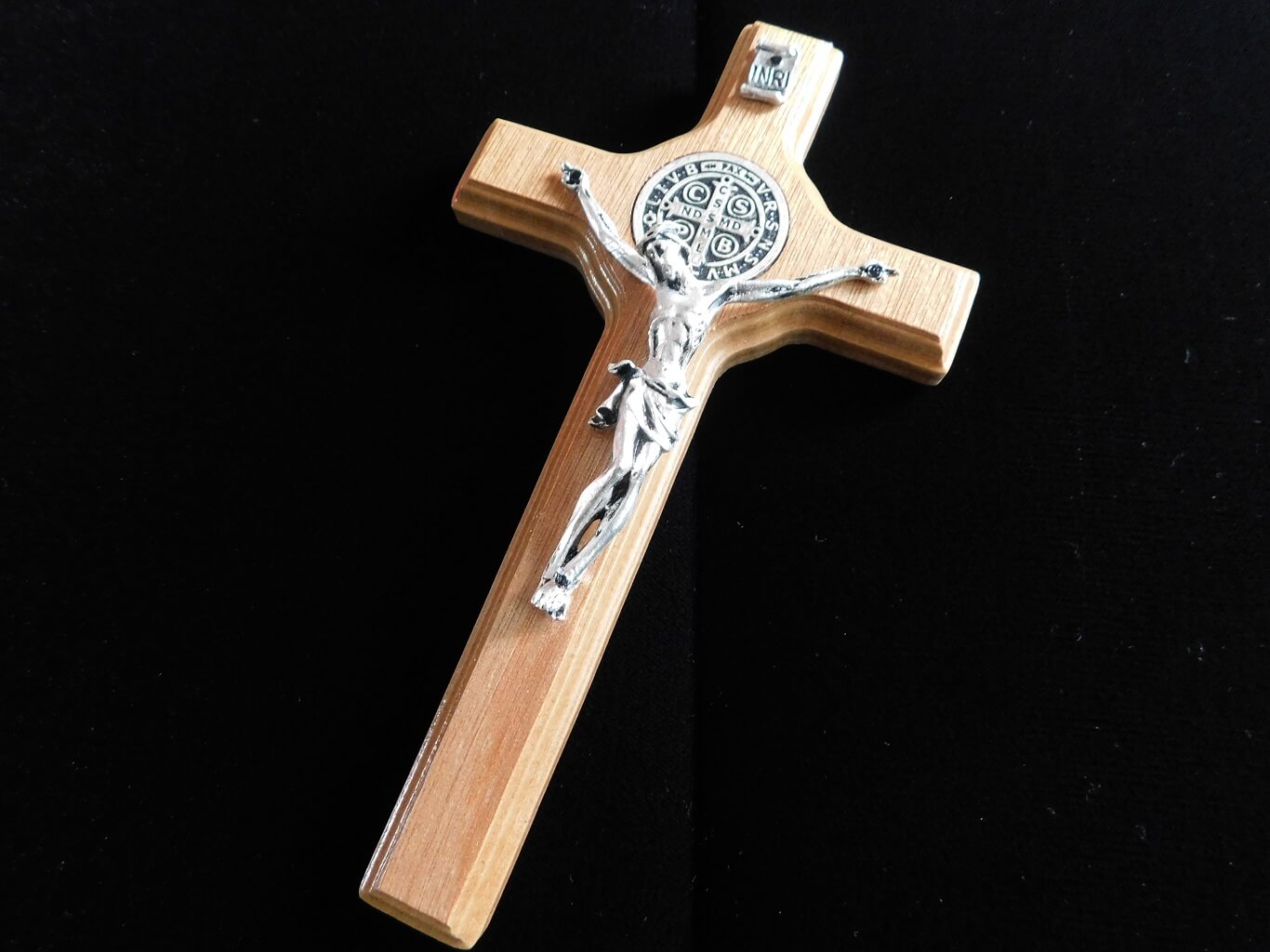The Patronage of Saint Benedict: Guardian of Communities
Saint Benedict, known as the patron saint of a variety of causes, holds a special place of honor in the hearts of many faithful followers. One key aspect of his patronage is his role as the guardian of communities, providing guidance and protection to those who seek his intercession. Saint Benedict's influence extends far and wide, touching the lives of individuals and groups who look to him for strength, stability, and support.
Another notable aspect of Saint Benedict's patronage is his connection to the symbol of the crucifix. The image of the crucifix holds deep significance for those who follow the Benedictine path, symbolizing not only the ultimate sacrifice of Christ but also the virtues of humility, obedience, and perseverance that Saint Benedict himself exemplified. Through the powerful symbolism of the crucifix, Saint Benedict continues to inspire and guide those who turn to him in prayer and devotion.
The Life of Saint Benedict
Saint Benedict, born in Nursia, Italy, in the year 480, is known as the founder of Western monasticism. As a young man, he left his studies in Rome seeking a life of solitude and prayer. His dedication to a life of asceticism and faith led him to live in a cave near Subiaco.
It was during his time in the cave that Saint Benedict was said to have been visited by a monk named Romanus who gave him a monastic habit. This marked the beginning of his influential impact on the monastic life in Europe, leading to the establishment of many monasteries following the Rule of Saint Benedict.
The most renowned symbol associated with Saint Benedict is the crucifix, which features the image of a cross with the letters “CSPB” standing for “Crux Sancti Patris Benedicti” (The Cross of the Holy Father Benedict). This iconic crucifix is a powerful symbol of spiritual protection and is often used in prayers for intercession against evil forces.
Symbols of the St. Benedict Crucifix
The St. Benedict Crucifix is adorned with various symbols that hold special significance. st benedict crucifix is the image of Saint Benedict himself, often depicted holding a cross and a scroll. This symbolizes his role as a spiritual leader and teacher.

Another important symbol found on the St. Benedict Crucifix is the Latin phrase “Vade Retro Satana,” which translates to “Begone, Satan!” This powerful inscription serves as a reminder of the protection and strength that Saint Benedict offers against evil forces.
In addition to these symbols, the crucifix also features the image of a larger cross with the letters C S S M L – N D S M D, which stand for “Crux Sacra Sit Mihi Lux! Non Draco Sit Mihi Dux,” meaning “May the Holy Cross be my light! May the dragon never be my guide.” This prayerful invocation highlights the spiritual warfare aspect of Saint Benedict's patronage.
Impact on Communities
Saint Benedict holds a significant role as the patron saint for a variety of communities, including monks, nuns, and religious orders. His teachings and the principles outlined in the Rule of Saint Benedict have served as a guiding light for these communities for centuries, emphasizing aspects such as prayer, work, and community living.
One of the most enduring symbols associated with Saint Benedict is the St. Benedict Crucifix, also known as the Jubilee Medal. This powerful symbol is believed to offer protection against evil forces and serve as a reminder of the importance of faith and spiritual strength within communities devoted to following the Benedictine way of life.
Overall, the patronage of Saint Benedict extends beyond individual devotion to impact entire communities, fostering unity, order, and a deep sense of spiritual connection among members. Through his intercession and example, Saint Benedict continues to be a guardian and inspiration for communities striving to uphold his legacy of peace, prayer, and service.